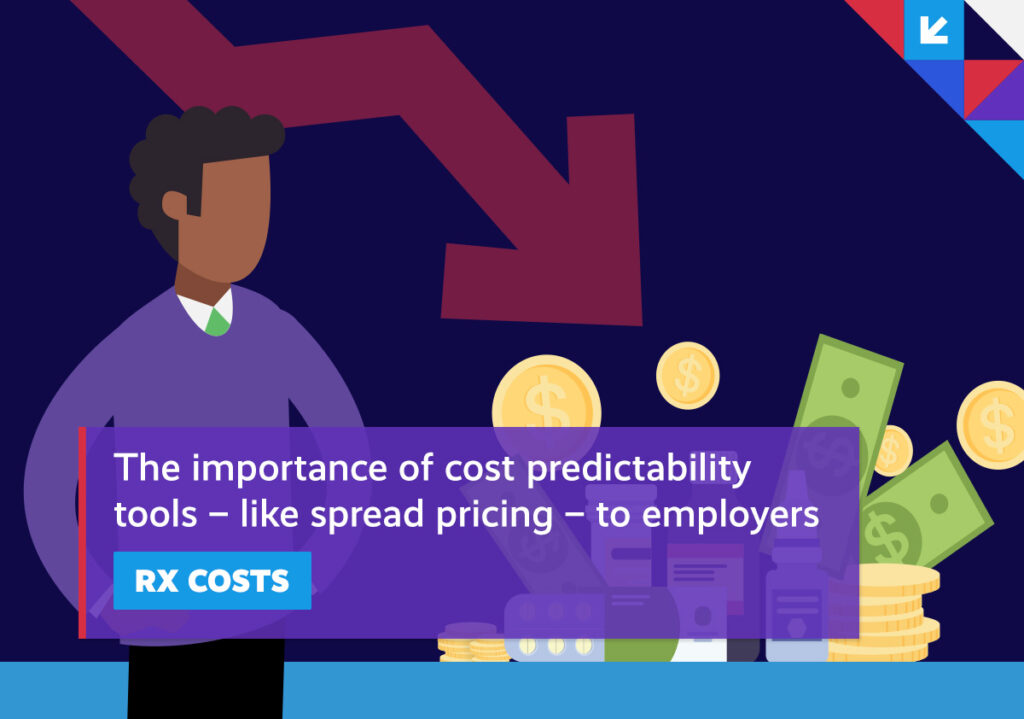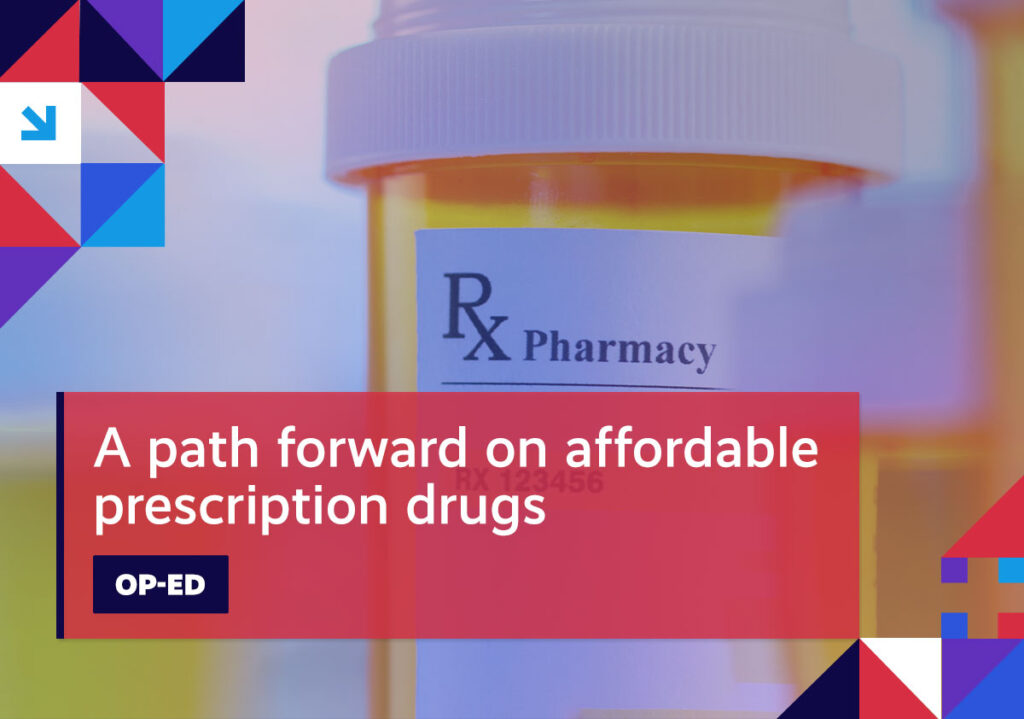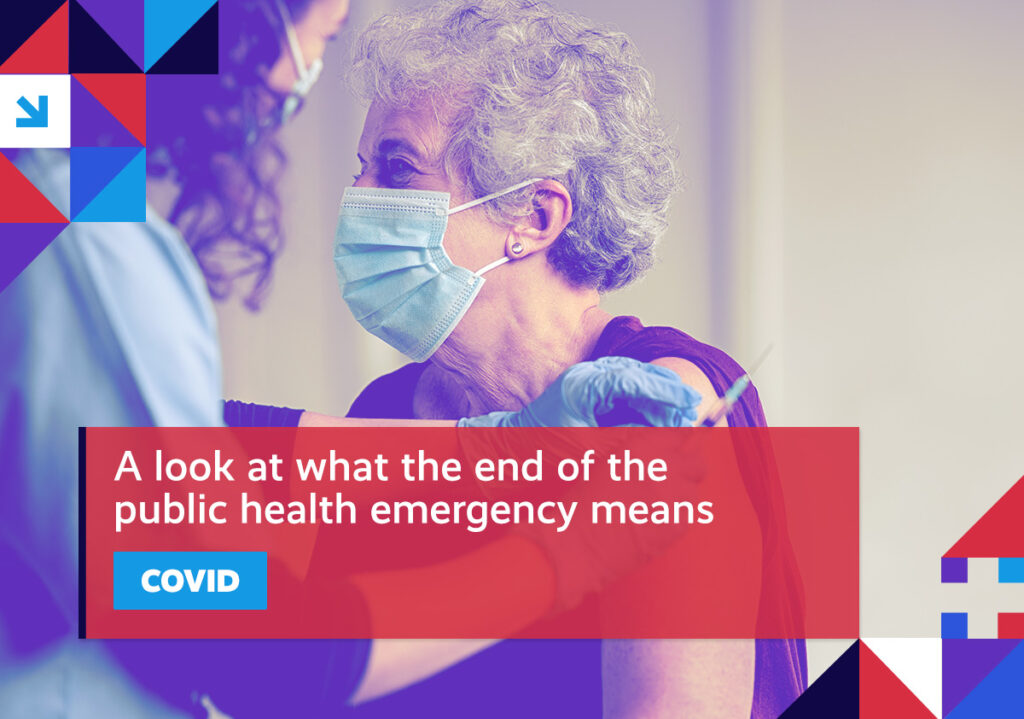A quick roundup of the issues driving the healthcare reform conversation.
Item of the Week

Spotlight
HOSPITAL BILLING Congress sets its sights on ending dishonest hospital billing.
Quick takeaway: Last Wednesday, members of the Energy & Commerce Committee and the Committee on Education & the Workforce spoke out against dishonest hospital billing, which occurs when hospitals secretly reclassify a doctor’s office they own as a hospital setting in order to charge more money.
Further context: The lawmakers’ concerns come after an ideologically diverse group of 20+ think tanks wrote a letter to Congress urging them to enact site of service transparency and site-neutral Medicare reimbursement policies, both of which would end dishonest billing.
As highlighted in last week’s newsletter, state and federal lawmakers have set their sights on addressing dishonest billing.
What it means: Those think tanks represent the ideological diversity and bipartisan support driving legislative efforts across the country to bring an end to dishonest billing.
Rx DRUGS Many brand-name drugs in Medicare provide low added benefits.
Quick takeaway: A new study took a look at the added therapeutic value of the 50 top-selling drugs in Medicare and found that more than half of them failed to achieve a high or moderate added therapeutic benefit rating.
Digging deeper: According to the findings, these 27 drugs accounted for more than $19 billion in net spending – or, 11 percent of Medicare net prescription drug spending in 2020.
Moreover, those drugs shown to have low added therapeutic ratings were prescribed to beneficiaries far more than those with high ratings (387,149 compared to 44,869).
What it means: The data could have important implications for the Medicare program, as the prices for these higher-cost, lower-value drugs are compared to alternative treatments that carry lower price tags but offer similar therapeutic value to patients.

HEALTH SPENDING After pandemic-driven declines, health spending rebounds.
Quick takeaway: In the immediate aftermath of the coronavirus public health crisis, spending on healthcare declined. But, those expenditures quickly recovered.
Further context: In their latest annual look at healthcare costs and utilization, Health Care Cost Institute (HCCI) researchers found that average health spending for people with employer-sponsored coverage went up 15 percent between 2020 and 2021, reaching $6,457. This is in comparison to the 4 percent decrease seen in 2020 from the previous year when utilization decreased.
What it means: Prior to the pandemic, healthcare spending had been growing steadily. Referring to their own analysis, HCCI researchers pointed to the 2020 data as an aberration in long-term growth spending trends.
SURPRISE MEDICAL BILLING A look at where things stand for consumer protections against surprise medical billing.
Quick takeaway: Nearly a year and a half after the No Surprises Act (NSA) went into effect, the federal rules protecting consumers against surprise medical bills from hospitals is mired in multiple court cases as providers look to change the process by which out-of-network disputed claims are resolved.
What it means: While it’s not immediately clear what the future holds for the NSA, supporters continue to highlight both the success and importance of these consumer protections, despite there being room for improvement.
Spotlight

| You can keep up with the latest by following the Health Action Network on Twitter and by liking us on Facebook. And, be sure to check us out on LinkedIn, too. As always, let us know if there’s something you’d like to see covered in a future newsletter. |
The Health Action Network includes everyday Americans—families, workers, businesses, patients, providers, neighbors, and friends. We are working together because we support market-based solutions that offer better healthcare choices and help build a stronger economy. The Health Action Network is an Elevance Health, Inc., initiative.
